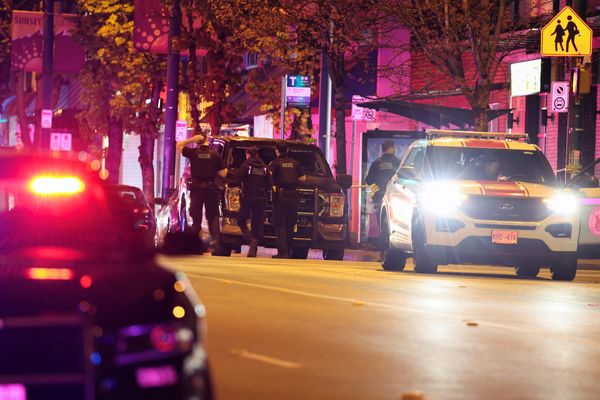
Public hospitals in Australia are postponing non-urgent screening tests and are recommending doctors consider alternative imaging options as the health system grapples with a global shortage of medical imaging dyes, widely used in diagnostic tests such as CT scans.
The shortage of medical imaging dyes is further proof Australia needs to develop a national stockpile of critical medical supplies and increase its domestic manufacturing of crucial medicines, the Australian Medical Association has said.
Non-ionic contrast agents, marketed as Omnipaque and Visipaque, are in short supply due to Covid-19 lockdowns in Shanghai, China, where they are produced. They are used in computerised tomography (CT) scans and other medical imaging scans that rely on a contrast agent.
Public hospitals in Australia have already implemented rationing measures, including postponing non-urgent screening tests and recommending doctors consider alternative imaging options that do not require contrast dyes.
The Australian Medical Association president, Dr Omar Khorshid, said that while the decision to delay tests was sensible, it could delay the diagnosis of potentially serious conditions.
He urged people to reschedule any delayed routine screening tests as soon as possible.
“When you postpone thousands of screening tests in people who may present as healthy you are going to miss some serious conditions, and some of them are going to be serious illnesses that may otherwise have been diagnosed early,” he said.
The dye rationing is expected to be in place until next month, when new deliveries are promised.
The largest supplier of contrast dye to Australia, GE Healthcare, has advised the Therapeutic Goods Administration (TGA) that normal supply will resume mid-June.
The TGA on Wednesday announced it had authorised the supply of a contrast dye that is registered overseas but not registered in Australia, until the shortage can be resolved.
If stocks are replenished on schedule there will be minimal impact on patient care, Khorshid, said.
“The shortage is very serious but we have had some notice of it so hospitals were able to implement those rationing measures,” Khorshid said.
“If this goes on longer than we thought and if we can’t find alternative supplies then there is a possibility that we could run out and that would be a serious problem.”
Health departments in Queensland, South Australia, Victoria and New South Wales confirmed they had modified protocols to ensure there are supplies for emergency and acute examinations.
The SA chief medical officer, Dr Michael Cusack, said that may involve “performing CT scans without using a contrast agent where it is appropriate to do so”.
“Clinicians have also been asked to consider alternative imaging options, such as ultrasound, MRI and nuclear medicine when suitable,” he said.
The Victorian department of health said doctors had been asked to prioritise “the most clinically urgent cases” but that decisions to delay screenings should be made on an individual not statewide basis.
Delaying elective surgery should be a last resort, it said.
Khorshid said the shortage was a reminder of how vulnerable Australia was to changes in the global supply chain in ensuring it could provide adequate medical care.
“We need a national strategy to ensure supply of crucial medicines and medical supplies,” he said.
“Because of just-in-time ordering no one is holding very much of anything, so you can run out very quickly.”
Khorshid said Australia should increase its domestic manufacturing of crucial medicines or those for which there are only one or two global suppliers, even if that meant an increased cost.
He also said the country should develop a national stockpile of critical medical supplies.







